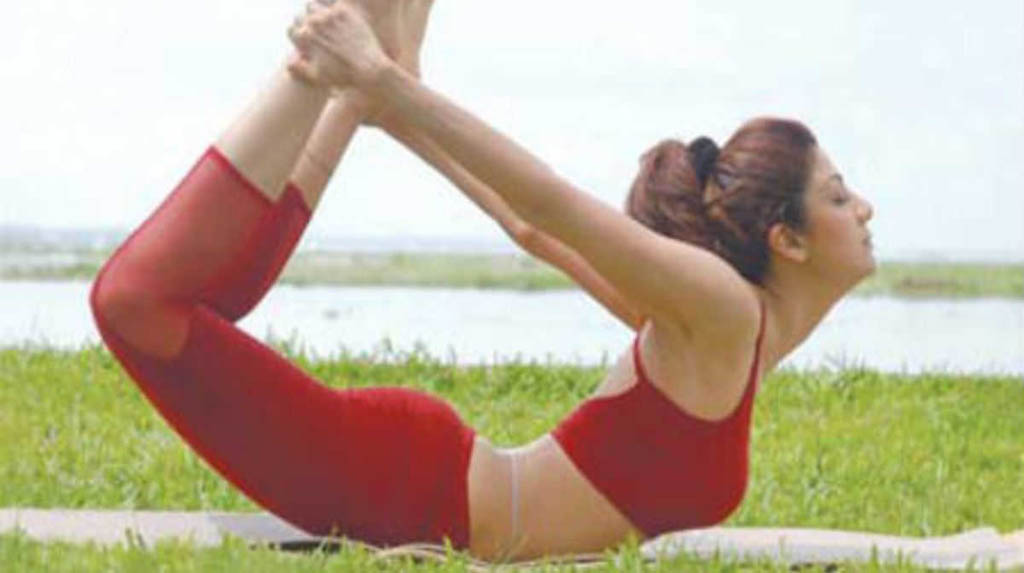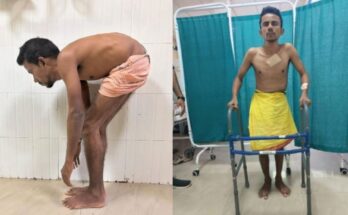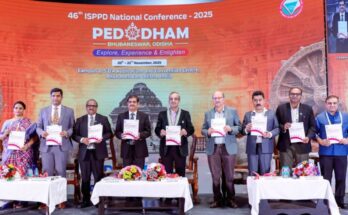New Delhi: On Asthma Day, we look at the holistic way to increase the power of your lungs- Yoga.
There are many lifestyle changes when it comes to women who are suffering from breathing disorders such as asthma. Menstrual cycles every month make women prone to mood swings which may sometimes cause erratic breathing; they may also feel lethargic with their bodies. Besides the normal cycle, lifestyle habits like smoking, frequent alcohol consumption add to the worries.
With a few simple changes, one has the power to improve our own health, and protect ourselves. Yoga can help increase the power of your lungs, allowing you to adapt to this environment as well.
Try these specific poses for conditions of asthma as shown by the yoga guru Grand Master Akhsar.
Ustrasana
Kneel on the yoga mat and place your hands on the hips.
Simultaneously, arch your back and slide your palms over your feet till the arms are straight.
Do not strain or flex your neck but keep it in a neutral position.
Stay in this posture for a couple of breaths.
Breathe out and slowly come back to the initial pose. Withdraw your hands and bring them back to your hips as you straighten up.
Half-Fish Pose (Ardha Matsyendrasana)
Formation of the posture:
Begin in Dandasana
Fold the left leg and place the left foot on the ground over the right knee
Bend the right leg and fold it so that it is resting on the ground with the right heel near the left pelvis
Bring the right hand over the left leg and grab the big toe of the left foot
As you exhale, twist the trunk of the body as much as possible, turning the neck so the gaze is over the left shoulder and encircle the waist with the left hand with the palm facing outwards. Continue to maintain the asana, breathing normally.
In this position there is a strong twist on the spine and abdomen. The right arm is pressed against the left knee leading to an increased twist on the body. The chest is open and the spine is erect. One side of the abdomen is compressed and the other side is stretched. The right leg and knee remain on the floor. The left knee should be close to the right armpit.
Paschimottanasana – Seated forward bend
Formation of the Posture:
Begin with Dandasana
Ensure that your knees are slightly bent while your legs are stretched out forward
Extend your arms upward and keep your spine erect
Exhale and empty your stomach of air
With the exhale, bend forward at the hip and place your upper body on your lower body
Lower your arms and grip your big toes with your fingers
Try to touch your knees with your nose
Hold the posture for 10 seconds
Kapal Bhati
In Sanskrit, ‘Kapal’ means skull and ‘bhati’ means ‘shining/illuminating’. Therefore, this Kapalbhati Pranayam is also known as Skull Shining Breathing Technique.
Method:
Sit in any comfortable pose (such as Sukhasan, Ardhapadmasan or Padmasana)
Straighten your back and close your eyes
Place your palms on your knees facing up (in Prapthi Mudra)
Inhale normally and focus on exhaling with a short, rhythmic and forceful breath
You can use your stomach to forcefully expel all the air from the diaphragm and lungs by compressing it
Inhalation should happen automatically while you decompress your stomach
Sthiti Dhyan
This is a meditation technique to help calm your nerves, raise mindfulness and deflect any negative experiences.
Stand or sit comfortably
Be mindful of the surroundings, noises, smells, colours etc.
Slowly turn to the right side to gaze and observe, then turn to the left and repeat
Use a journal to make a note of all your observations and the different sensations you felt
This will help increase your observation powers, make you more focussed and alert
Removes distractions




